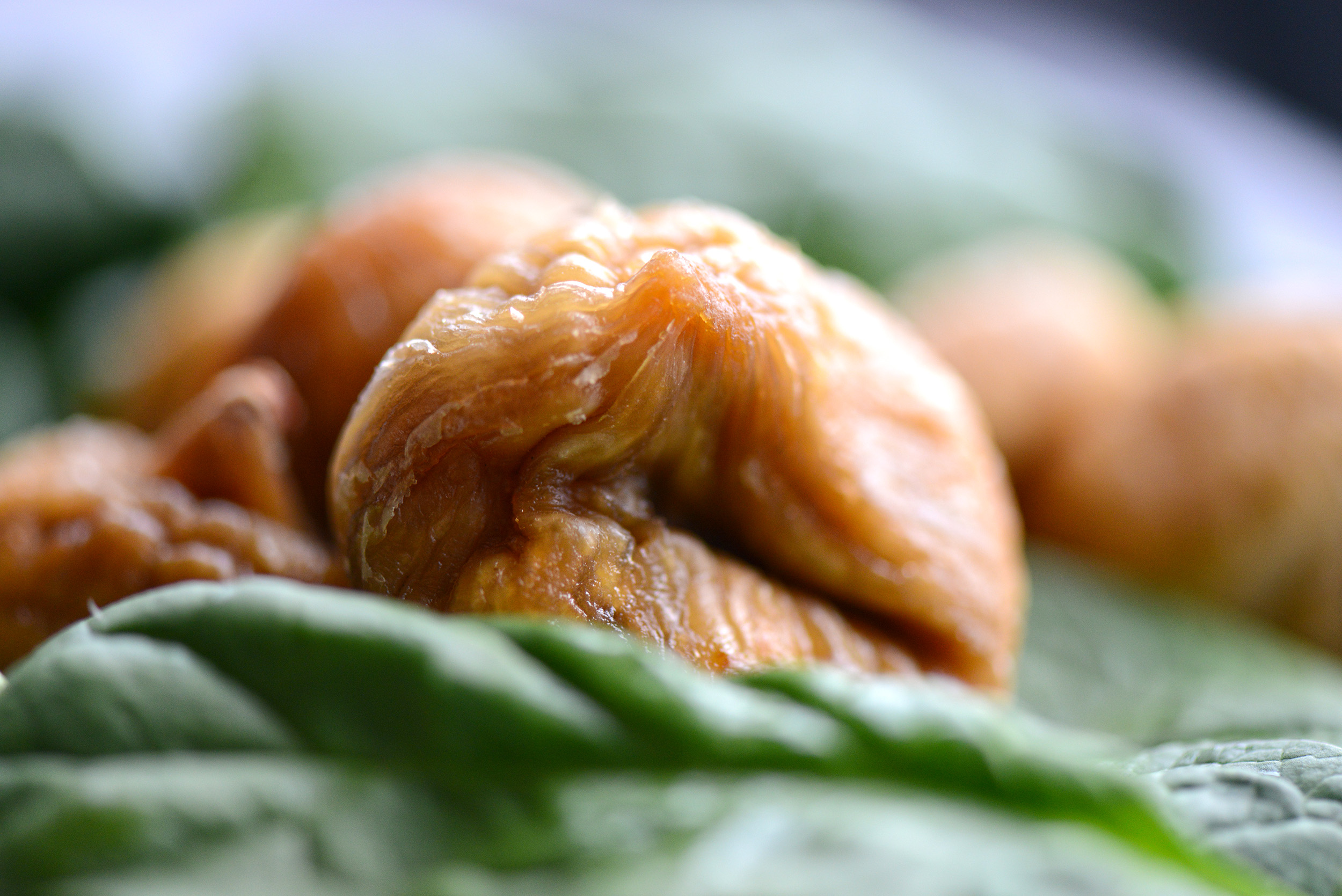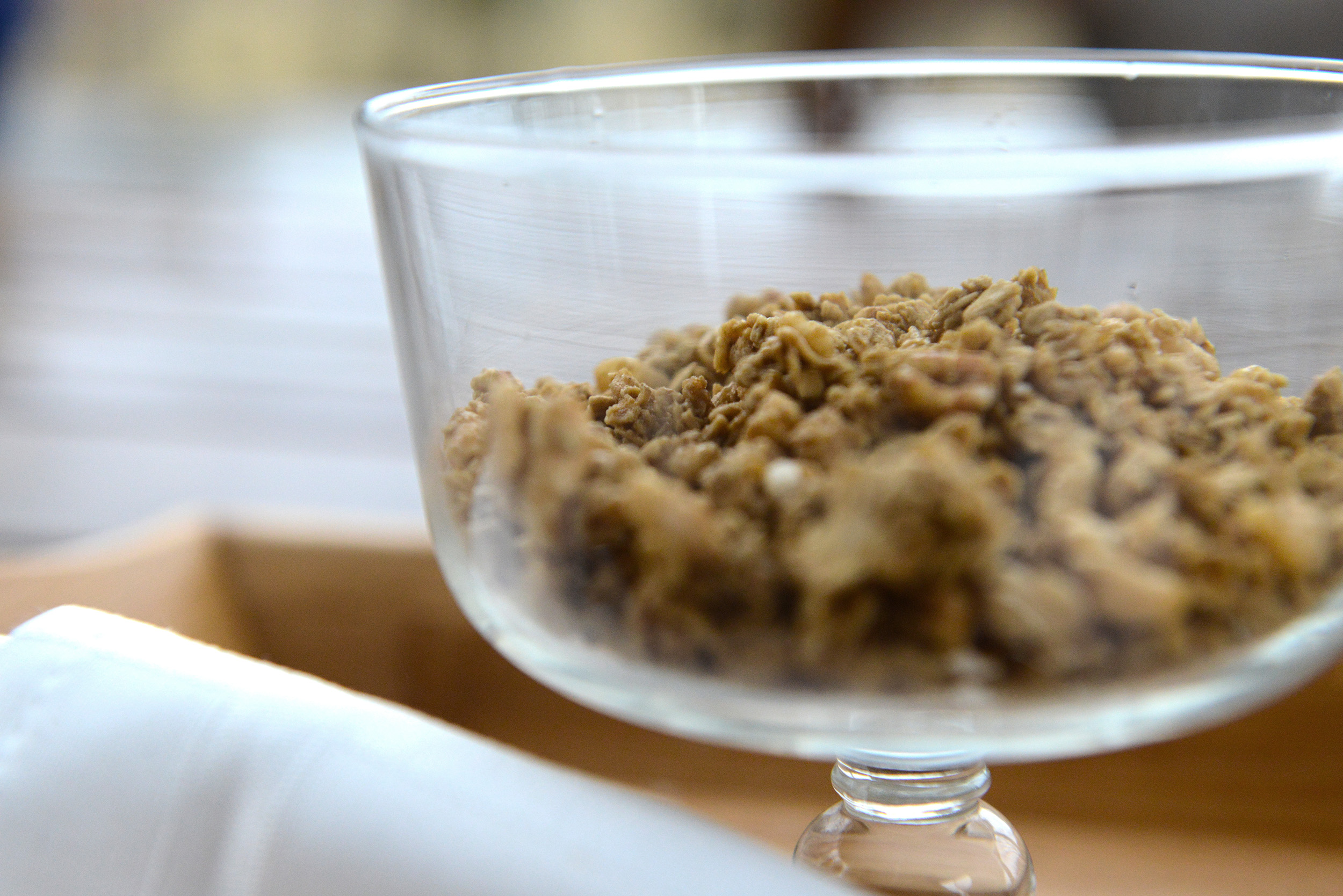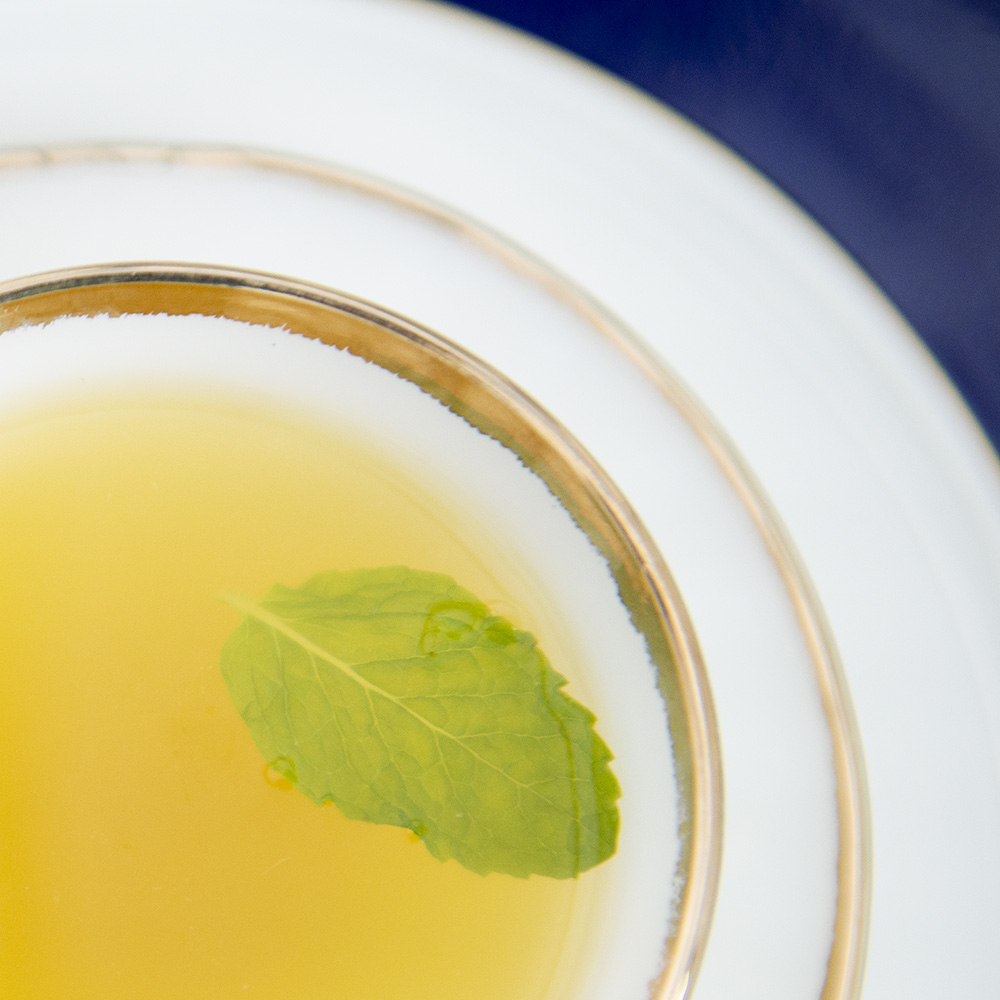The colon and how its bacteria helps digest food
The colon is a part of the digestive system it is also called the large intestine. The large intestine or colon is shorter than the small intestine but has a larger diameter. The length of the colon is approximately 5 feet long.
The Colon Stores Bulk

The large intestine carries out the function of absorption of water and electrolytes as well as storing waste until it can be expelled. It is also responsible for maintaining water balance and some absorption of vitamins such as vitamin K. The mixture of remaining food and intestinal juices called chyme in the colon is devoid of almost all nutrients and water; it consists of primarily the undigested food with some amount of water and electrolytes.
The lining of the colon is different from the small intestine in that there exists a large number of mucous cells that do not secrete enzymes but rather mucous. The mucous helps protect the wall from the bacterial fermentation inside. About 1.5 L of liquid digestive contents, chyme, pass into the colon. The colon is responsible for absorbing and recycling the great majority of this liquid.
Bowel of Whole Grains

Basic anatomy of the colon
The colon is divided into four sections - the ascending colon, the transverse colon, the descending colon, and the sigmoid colon. The colon lies in the abdominal cavity and behind it. The left side of the colon is mainly involved in absorption while the right side is mainly involved with storing feces.
The Colon

Ascending colon – It is around 25 cm in length and lies on the right side of the abdomen.
Transverse colon – This is attached to the colon by the greater omentum and is covered in peritoneum.
Descending colon – This part of the colon extends from the splenic flexure to the point where the sigmoid colon begins.
Sigmoid Colon – This part of the colon is S-shaped, it is located after the descending colon and before the rectum.
Bacteria in the colon
The bacteria in the colon are capable of digesting small amounts of cellulose. Substances formed as a result of bacteria activity include vitamin K, vitamin B12, thiamin and riboflavin.
Probiotic Yogurt with Live Cultures

Inflammation of the Colon

During its passage through the large intestine, digested material by-products are converted to feces upon fermentation and reaction with the gut flora. This waste material is received by the ascending colon which reabsorbs excess water and eventually pushes the semi-solid matter to the descending colon. Here, the gut flora breaks down fiber for sustaining itself and releases acetate, propionate, and butyrate. These are absorbed by the cell lining for nourishment. From the colon, the stool passes to the rectum to be discharged from the body.
Colonoscopy can view the colon



